Charcoal layer in terrarium
sunnyvalley
10 years ago
Related Stories
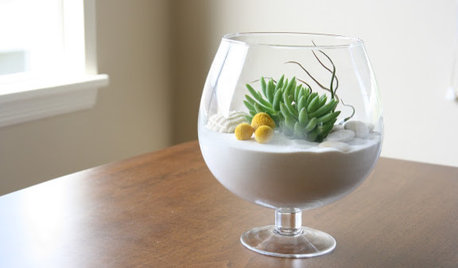
PRODUCT PICKSGuest Picks: The Art of the Terrarium
Design a perfect little world with these terrarium vessels, plants and artful extras
Full Story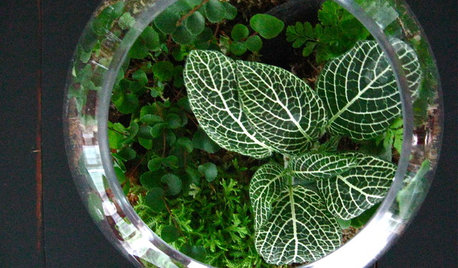
HOUSEPLANTSGardens Under Glass: How to Make Your Own Terrarium
Be the master of a mini ecosystem indoors — the low-maintenance, highly rewarding kind that fits any room
Full Story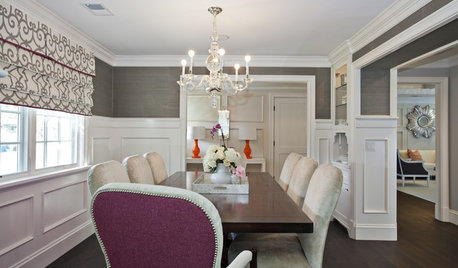
DECORATING GUIDESColor Guide: How to Work With Charcoal Gray
The most modern neutral, charcoal gray looks great in dining rooms, living rooms and even nurseries. Here's how to use it best
Full Story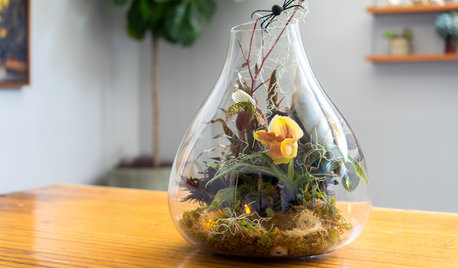
DIY PROJECTSHouzz DIY: Halloween Terrarium
Orchids, spooky foliage and carnivorous plants combine in this seasonal, easy-to-assemble terrarium decoration
Full Story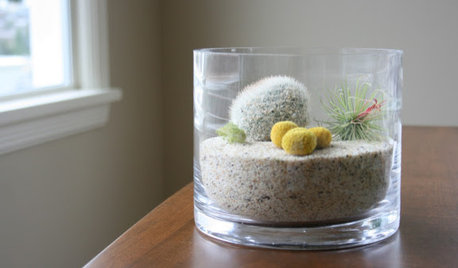
PRODUCT PICKSGuest Picks: More Ideas for Artful Terrariums
Stunning vessels, sea glass, sparkly sand ... find everything you need to show off your mini plants right here
Full Story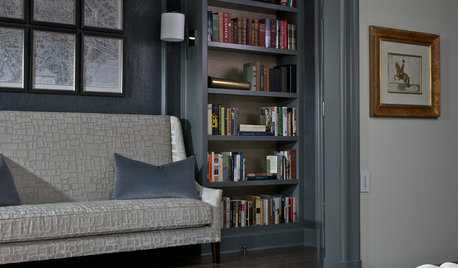
COLORHow to Layer Tones of Gray for Depth and Harmony
Use texture, pattern, contrast and more to create a subtle, sophisticated look with this popular color
Full Story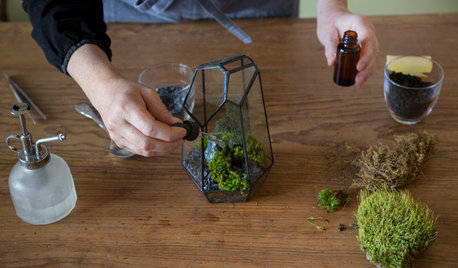
DIY PROJECTSHouzz DIY: Make a Mini Moss Sanctuary
This easy-to-assemble terrarium brings the joy of moss to your tabletop or shelf
Full Story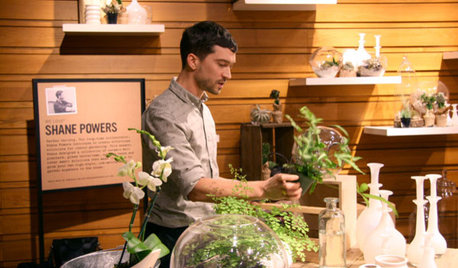
URBAN GARDENSOne Fern Day
Think terrariums are tiresome? Unusual containers and unexpected greens yield surprising offshoots
Full Story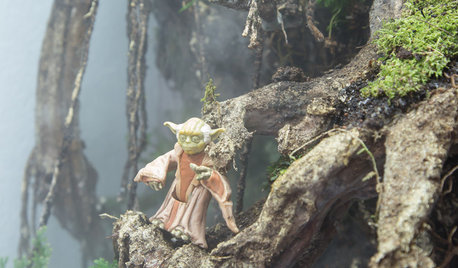
FUN HOUZZThe Force Awakens Under Glass
An Australian terrarium designer places classic ‘Star Wars’ characters in misty miniature landscapes
Full Story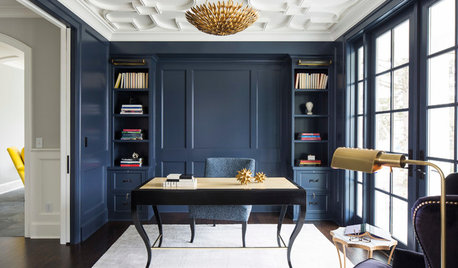
COLOR7 Inky Colors to Use Instead of Black
Is black too stark and dramatic for your taste? Try navy, charcoal, chocolate or another alternative for a deep, moody space with character
Full StoryMore Discussions






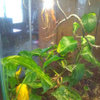
September_Jenkins
devolet
Related Professionals
Hoover Landscape Contractors · Las Vegas Landscape Contractors · Oak Harbor Landscape Contractors · Ponte Vedra Beach Landscape Contractors · Round Lake Landscape Contractors · West Jordan Fence Contractors · Bloomington Window Contractors · Fort Washington Window Contractors · Holly Hill Window Contractors · Arkansas City General Contractors · Great Falls General Contractors · Jackson General Contractors · Miami Gardens General Contractors · Seabrook General Contractors · Westerly General Contractorspaul_
devolet
paul_
devolet
beno1